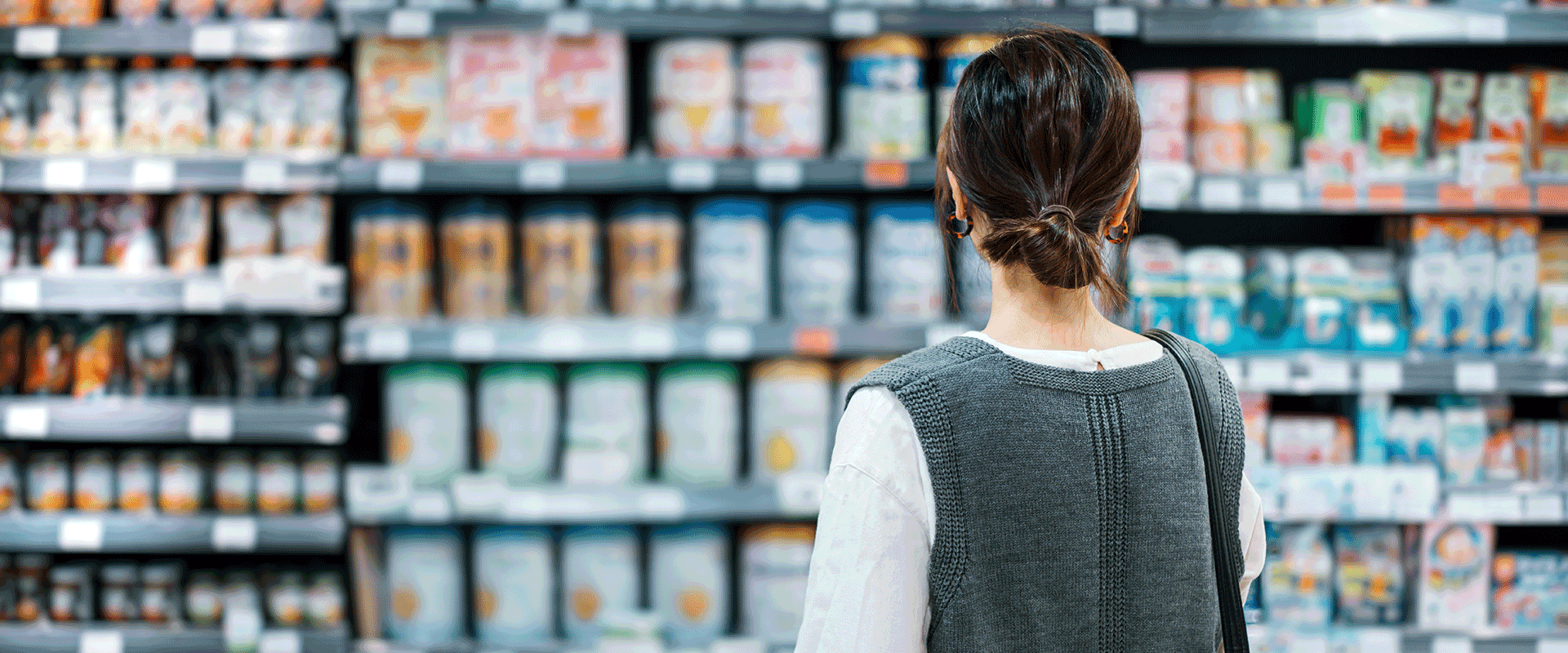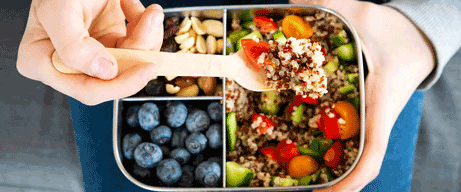The European food and beverage ingredients market has seen considerable M&A activity in recent years by corporates and private equity investors. These investors have been attracted to the huge growth and value generation opportunity the sector offers as consumers increasingly demand clean and healthy products ― those that are more natural, good for health and environmentally friendly. As well as landmark transactions such as Givaudan’s acquisition of Naturex, deal flow has also been high in private equity ― notable transactions include Astorg’s recent takeover of Solina and Ardian’s acquisition of Florida Food Products.
High-quality acquisition targets are now less common, so buyers need to work hard to seek them out. The huge complexity of this €100 billion market, including the range of product types and their varying growth and financial trajectories, makes the task tougher than before. But for those willing to conduct the level of industry analysis and target due diligence required, there are exciting acquisition prizes to be won.
Having advised on dozens of deals in the European ingredients sector, to help buyers as they review the market, we have outlined below the core drivers of the industry, the main ingredients sub-sectors and how the industry is shifting from being a supplier of raw products towards becoming a solutions provider.










